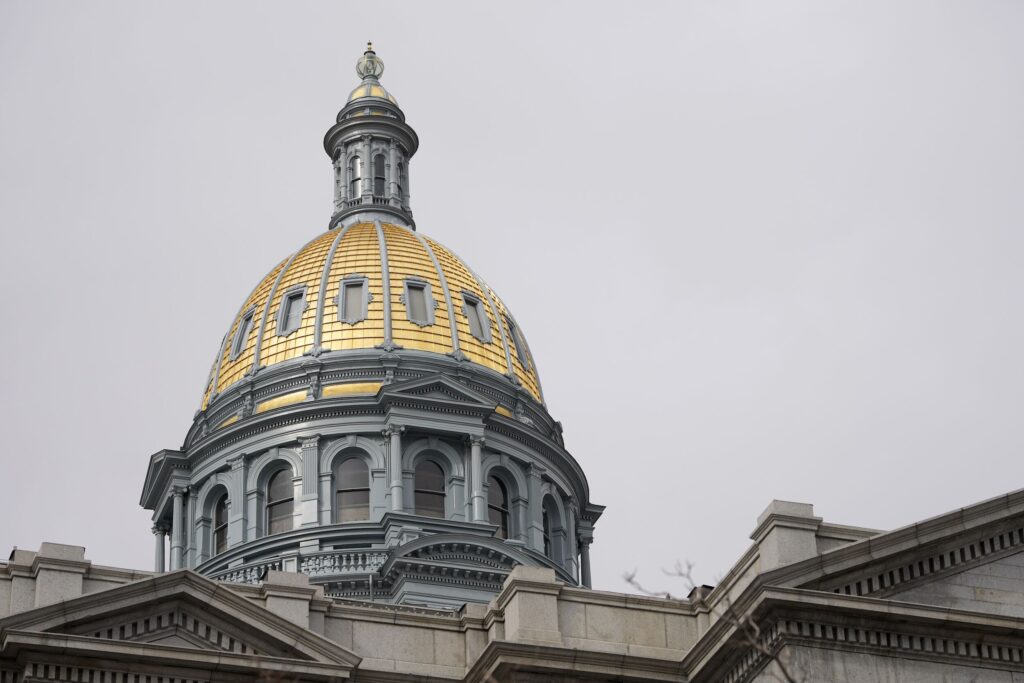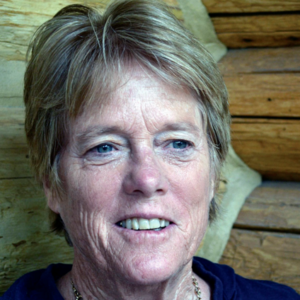CRONIN & LOEVY | The 6 elections to determine state Senate control


If the Republicans are going to win majority control of the Colorado state Senate in next November’s general elections, they are going to have to hold on to three competitive seats they already control and flip three competitive seats currently held by Democrats.
As a result, most of the electoral activity in the battle for control of the Colorado state Senate in the 2022 general election could be confined to just a handful of districts.
Both political parties will send in volunteers and paid workers to get out the vote in these six “battleground” districts. Large amounts of money will be raised and spent on campaign advertising to see which party winds up in control of Colorado’s upper legislative house.
The Democrats are currently the majority party in the Colorado state Senate with 20 Democratic members compared to just 15 for the Republicans. If the Republicans can hold the 15 members they presently have and then flip three seats from Democratic to Republican, the Republicans will control the state Senate by a vote of 18 to 17.
There are 35 total members of the Colorado state Senate.
The mathematics of the Republican quest for control of the Colorado state Senate goes like this:
Nine Colorado state Senate districts are in the “safe Republican” category because they are so thickly populated with Republicans.
Add to those nine the three Republican incumbents in competitive seats whose state Senate seats are not up for reelection this year. Colorado state senators serve four-year terms in office, but only one half are up for reelection at one time.
Adding the three “carry-over” Republican seats to the nine safely-Republican seats makes 12 Republican seats in the state Senate.
That brings us to the three “Hold” Republican seats. These seats are currently Republican but are in so-called “competitive” districts – districts so closely populated with Democrats and Republicans they can vote either way in elections. The Republicans cannot lose these three seats and gain a majority in the state Senate.
Add these three Hold seats to the previous 12 Republican seats and you have 15 Republican votes in the state Senate, three short of that 18-vote majority.
The Republicans have to “flip” three Democratic seats to go from 15 to 18 seats and thereby gain majority control of the Colorado state Senate. There are three seats available in the “competitive district” category that might be “flipped” and get the Republicans to that “magic 18.”
The terms “safe Democratic,” “safe Republican” and “competitive district were derived from the recent redistricting of the Colorado state legislature. The state redistricting commission divided the Colorado state Senate into 15 safe Democratic, nine safe Republican and 11 competitive districts.
Democrats will have an easier time in the upcoming elections of maintaining their present control of the Colorado state Senate. Because they have been awarded 15 safe-Democratic seats by the redistricting commission, the Democrats need only hold three competitive districts to have that 18-vote ruling majority.
That looks a lot easier than what the Republicans have to accomplish – make three holds and gain three flips.
But there is a wild card in 2022 helping the Republicans. Because of Democratic president Joe Biden’s relatively-low approval ratings, many commentators believe there will be a surge of Republican votes – called “the Red Wave” – to hit Colorado, and the entire United States, in next November’s general elections.
The Red Wave is caused by the COVID-19 pandemic, supply-chain shortages, the messy exit from the War in Afghanistan, rising crime rates in cities, and increasing inflation – particularly gasoline prices. Many voters, rightly or wrongly, blame those things on the Democrats.
The Colorado Democrats are the more proactive of the two political parties. They have an agenda of positive programs, such as free preschool, they want to implement. To put their ambitious programs into operation, however, they need majorities in both houses of the state legislature to pass those programs into law.
Republicans, in contrast, are generally more interested in reducing state government activities rater than increasing them. They only need to control one house of the state legislature – in this case the state Senate – to do that.
Of the two houses of the Colorado state legislature, the state Senate is easier for the Republicans to try to control than the state House. The state Senate is half the size of the state House of Representatives, with 35 members in the state Senate compared to 65 in the state House. In addition, only half of the state Senate is elected every two years. This year that is just 17 elections. All 65 members of the state House of Representatives must stand for reelection every two years.
So, with the numbers up for election every two years so much smaller, the state Senate is an easier takeover target for the Republicans than the state House.
The three state Senate districts the Republicans must hold are 6, 13 and 15. They are located around the state geographically. No. 6 is in the southwest corner of the state and ranges from Alamosa to Durango. No. 13 is northeast of Denver and runs along U.S. Highway 85 through Adams and Weld counties. No. 15 is on the northern Front Range and is made up of less-populated areas west of Fort Collins and Boulder.
The three state Senate districts the Republicans must Flip are 5, 11 and 16. No. 5 is in the mountains and includes the Aspen area and the cities of Gunnison and Lake City. No. 11 is highly-urbanized and mainly composed of southeast Colorado Springs. No. 16 is in the Denver area and made up of south central and southwestern Arapahoe county and part of Jefferson County.
The Democratic Party’s task is less demanding than three holds and three flips. They just need to make certain the Republicans do not carry all six of those key “Hold” and “Flip” state Senate districts. If the Democrats win any one of the six, they will control the state Senate for two more years.
Right now, at party conventions and then in the party primary elections on June 28, the two parties are busy nominating the actual candidates who will fight it out electorally for those six districts. Stay tuned.
Tom Cronin and Bob Loevy write about national and Colorado political issues. For our charts and state maps on the state Senate and state House of Representatives elections, Google “Bob Loevy Home Page” and click on “A-6.”













